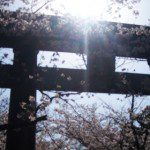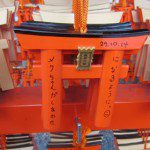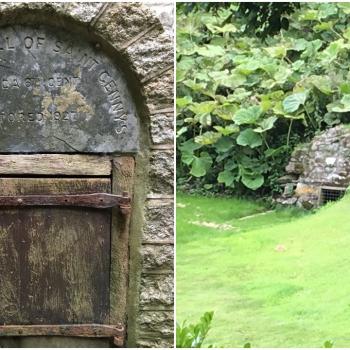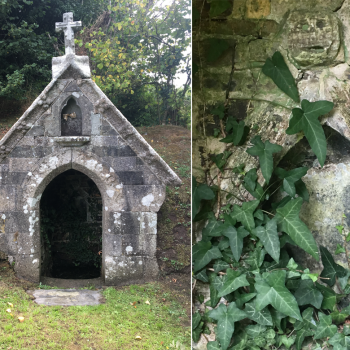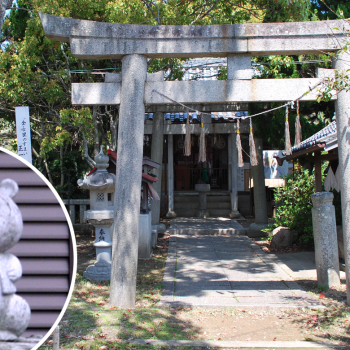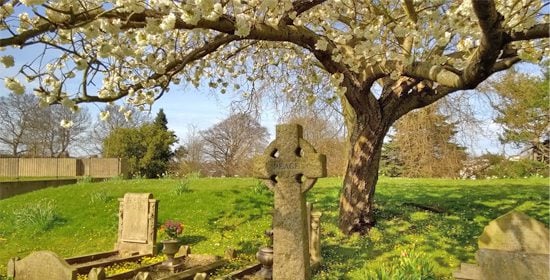
Ostara is a celebration of life. That is pretty clear. All the familiar symbols of Ostara – eggs, hares, chicks and flowers – represent fertility and life’s rebirth in spring following the dark of winter.
The Spring Equinox is commemorated in Japan too, where it is called Shunbun (春分). Like Ostara, Shunbun is certainly an occasion to appreciate the beauty of the new life emerging in nature, and it’s also a time to pray to the ujigami (spirits of the land) for a bountiful crop.
But in Japan, the Spring Equinox is also a time for remembering the dead.
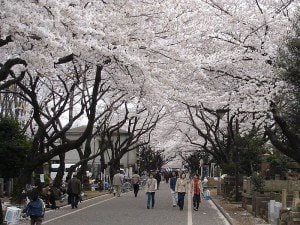
Shunbun occurs in the middle of a seven-day period called Higan (彼岸). There are two Higan celebrations in Japan; one for the Spring Equinox and one for the Autumn Equinox. “Higan” literally means “the other shore,” referring to the shores of the Sanzu River that one must cross to reach the afterlife in Buddhism. It’s similar to the way we may refer to those who have died as “crossing over” in English. Therefore, the period of Higan, including Shunbun, is a time for remembering the deceased, and some people in Japan use this time to visit family graves, give them a clean, and leave fresh flowers and other offerings.
But is it really so strange to think of death during this time of new life? Well, just ask any Christian! For Christians, Spring is the time for celebrating the resurrection of Jesus Christ, which cannot be commemorated without also remembering his cruel and bloody crucifixion. So while Easter Sunday is a happy occasion for Christians, it is mediated by mourning the death of Jesus on Good Friday. The message is that without death, there can be no rebirth. The two go hand in hand.
Another reason why the Spring Equinox may be an appropriate occasion for commemorating the dead is its liminal nature. Being a time when day and night are of (almost) equal length, it represents the transition from one state to another; from the season of cold, long nights to the season of warm, long days. And in many cultures, thresholds of any sort – be they physical boundaries or a temporal threshold – are a place where the barrier between our familiar world, and the “otherworld” of spirits, is at its weakest, allowing elements of the two worlds to meet.
Finally, it should be noted that in Japan, the celebrated cherry blossoms (sakura) that are perhaps Japan’s most famous symbol of spring are a metaphor for life’s fleeting nature. The Japanese find them beautiful partly because of the way in which they bloom so spectacularly in spring, only to vanish again so quickly. They are a metaphor for the Japanese concept mono no aware, which is similar to the idea of pathos – that there is a kind of wistful, sad beauty in the impermanence of things. I do indeed find myself missing the spring flowers once they all disappear. But Paganism reminds us not to grieve for long – life is a cycle and does go on, and spring’s beauty will return again next year, although we must be patient. Until then, it’s best to make the most of nature’s gifts while they are here.
References and further reading
Wikipedia, 「皇霊祭」, “Higan,” “Vernal Equinox Day”

